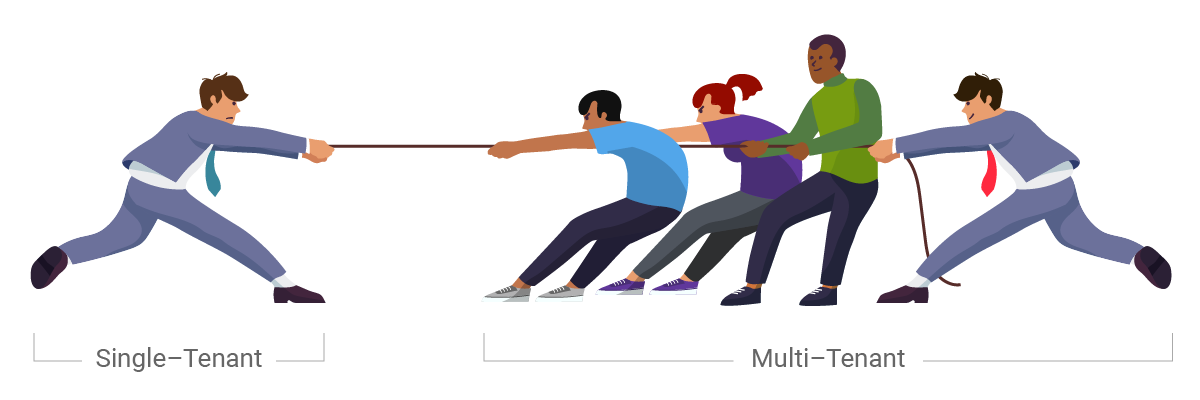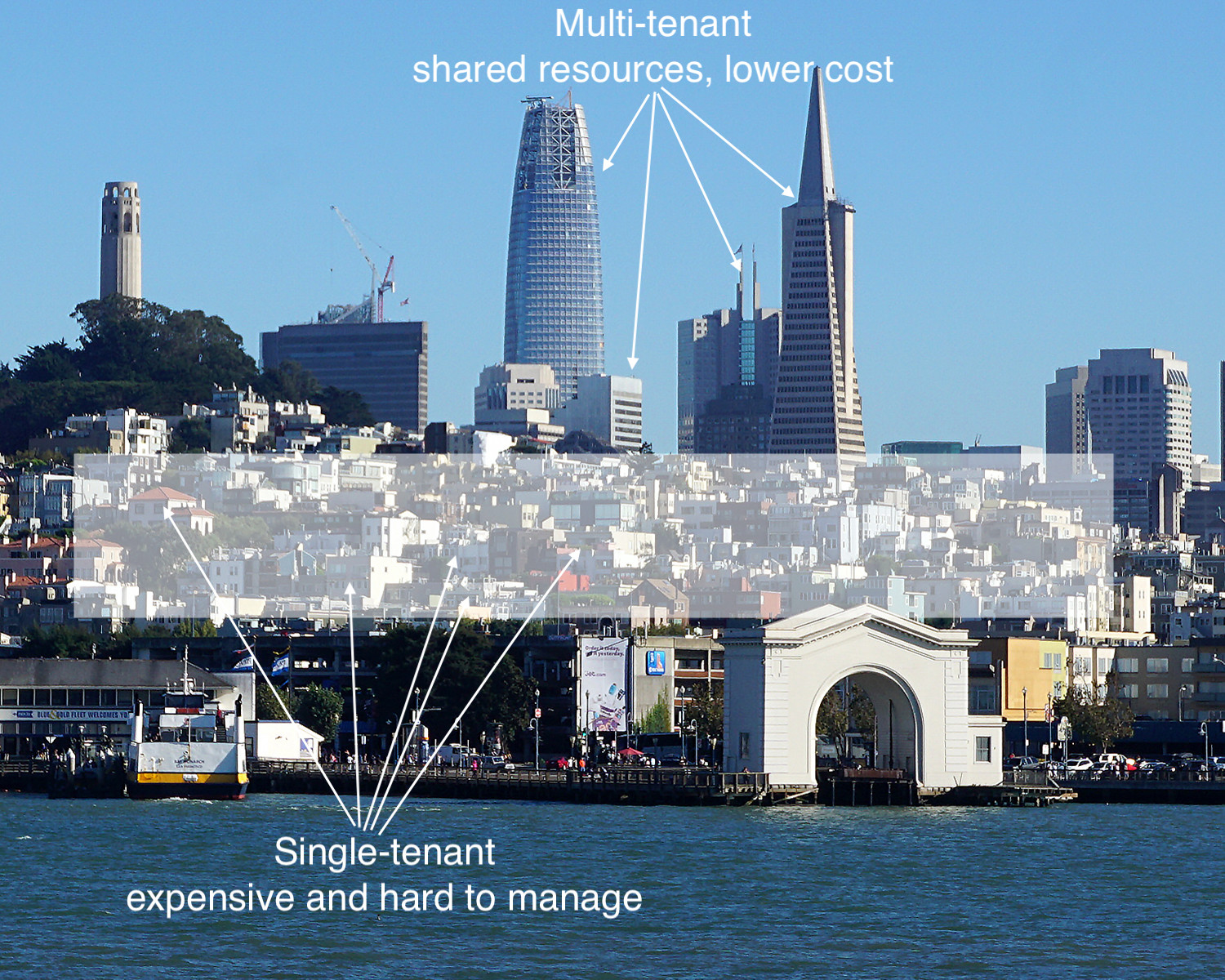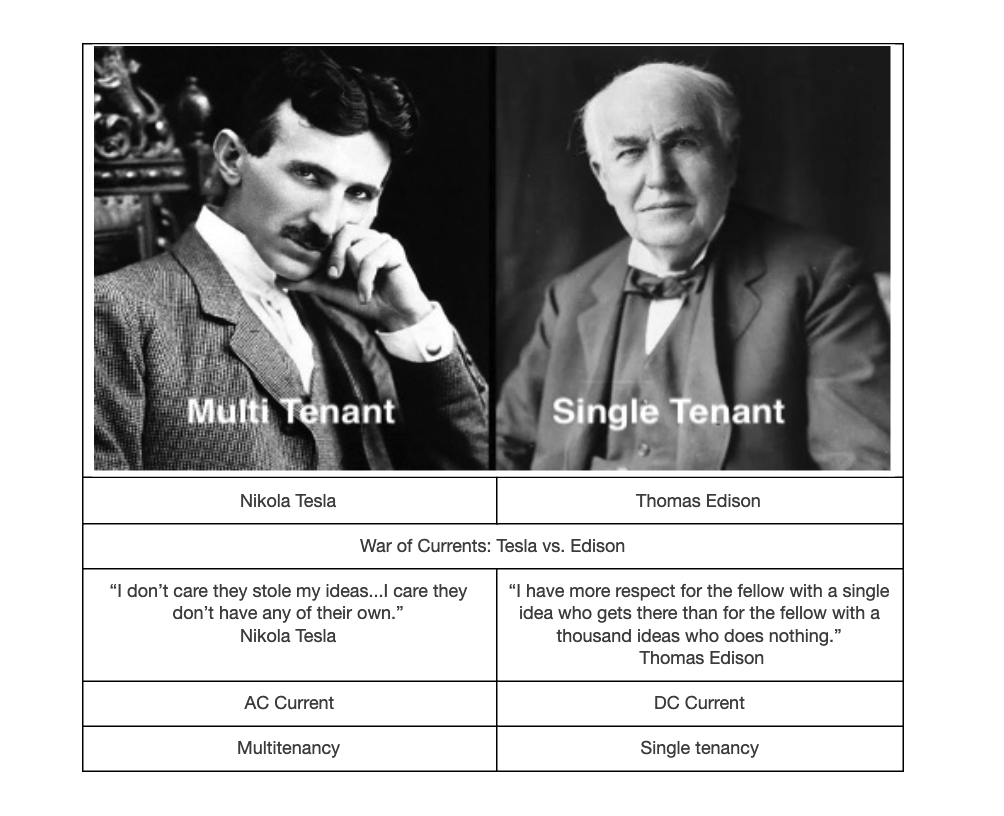The Water–Energy Nexus: How Unified Data Management Drives Efficiency and Sustainability
Locus AI-native EHS software helps oil and gas companies, water utilities, and nuclear energy facilities optimize the water–energy nexus.
Locus AI-native EHS software helps oil and gas companies, water utilities, and nuclear energy facilities optimize the water–energy nexus.
Data quality has always been a critical factor in environmental management, regulatory compliance and digital transformation.
In terms of Oil & Gas Compliance Software, companies face some of the most complex reporting and data management challenges anywhere.
For large oil and gas companies, compliance is never simple. Why do Oil & Gas Companies need a multitenant EHS and ESG Software Platform?
We engineered Locus Platform to empower users to conceive and create their own apps on our EHS Compliance Software Platform.
Locus enables power users to tweak the software to make it their own without writing a line of code or talking to a single person.
In today’s world, businesses across various industries face the challenge of managing and reporting environmental data efficiently.
When looking for a GHG reporting program, there is one element that is typically overlooked. This short video gives us more insight.
For the last 25 years, Locus has synthesized knowledge of environmental science with a vision for effectively gathering, aggregating, visualizing, and analyzing emissions of all sorts and environmental data. This work aims to help organizations marshal their environmental data to manage better and, where possible, reduce their environmental footprints.
This approach has differed from many other environmental software startups that have come and gone in the past ten years. Locus’ distinction comes from harnessing the true multitenant Cloud and a unique perspective on how to address the complex issues of environmental information management. Cloud technology offers Locus customers numerous advantages: Improved data collection,
aggregation, visualization, business analytics, and analysis, and the cost reduction inherent in web-based software all translate into a competitive advantage and increased customer profitability.
So, rather than “one software solution per problem,” Locus has built an enterprise-scale software solution tailored to meet all customer’s needs in a single SaaS platform. This approach eliminates redundancy and incompatibility issues with other enterprise-management systems, giving organizations unprecedented control over their data. As the industry evolves and new markets continue to grow, Locus is positioned to grow with them, staying at the forefront of environmental and sustainability information management and promoting a vision of collaborative global stewardship.
And that global stewardship is where Locus would like to see environmental data management have a more significant impact on policy, mitigation efforts, and understanding the complete picture of how human activities affect the planet.
Locus is not just selling software to address an evolving regulatory landscape (which is why most customers are looking for environmental compliance software) but also because there is an underlying urgency to tackle what the Locus team views—along with many other scientists—as a climate and environmental crisis. The 21st century’s environmental challenges include shortages of drinkable water; the impact of various pollutants that enter our atmosphere; the strains of our ever-increasing population on limited resources and threatened ecosystems; and climate change causing extreme weather conditions that push more and more the world’s population into precariousness.
We need a collective and holistic understanding of the problems we face. The only way to understand the whole picture and act meaningfully globally is for all of us to share the data we gather about our activities. It’s impossible to mitigate the risks and effects of our actions on the planet when we don’t have the data to characterize the problem and see a complete picture of what we face.
This complete picture will require us to monitor and collect an unprecedented quantity of data, and it’s with this massive data explosion, Locus’s vision comes into play. To achieve this end, organizations in the private and public sectors will need to track and upload their environmental data; subsequently, these data need to be made available through an interconnected database for environmental data management so that scientists and others can collectively view the results of our activities and act on a grander scale.
Getting to the point of sharing all of these data is an important stretch goal right now, but it’s the direction Locus hopes to see environmental data management move in the future. In the meantime, Locus is working to support organizations of all sizes to gather their data, understand it better, and act on their analyses to improve their environmental footprints.
This is the seventh post highlighting the evolution of Locus Technologies over the past 25 years. Click here for the previous post in this series about Locus’s approach to unified environmental compliance software. This series continues with Locus at 25 Years: Climate Change Software, A Generational Opportunity.
In a Software as a Service (SaaS) delivery model, service uptime is vital for several reasons. Besides the obvious of having access to the service over the internet at any given time and staying connected to it 24/7/365, there are additional reasons why service uptime is essential. One of them is quickly verifying the vendor’s software architecture and how it fits the web.
Locus is committed to achieving and maintaining the trust of our customers. Integral to this mission is providing a robust compliance program that carefully considers data protection matters across our cloud services and service uptime. After security, service uptime and multitenancy at Locus come as a standard and, for the last 25 years, have been the three most essential pillars for delivering our cloud software. Our real-time status monitoring (ran by an independent provider of web monitoring services) provides transparency around service availability and performance for Locus’ ESG and EHS compliance SaaS products. Earlier I discussed the importance of multitenancy in detail. In this article, I will cover the importance of service uptime as one measure to determine if the software vendor is running genuine multitenant software or not.
If your software vendor cannot share uptime statistics across all customers in real-time, they most likely do not run on a multitenant SaaS platform. One of the benefits of SaaS multitenancy (that is frequently overlooked during the customer software selection process) is that all customers are on the same instance and version of the software at all times. For that reason, there is no versioning of software applications. Did you ever see a version number for Google’s or Amazon’s software? Yet they serve millions of users simultaneously and constantly get upgraded. This is because multitenant software typically provides a rolling upgrade program: incremental and continuous improvements. It is an entirely new architectural approach to software delivery and maintenance model that frees customers from the tyranny of frequent and costly upgrades and upsell from greedy vendors. Companies have to develop applications from the ground up for multitenancy, and the good thing is that they cannot fake it. Let’s take a deeper dive into multitenancy.
An actual multitenant software provider can publish its software uptime across all customers in real-time. Locus, for example, has been publishing its service uptime in real-time across all customers since 2009. Locus’s track record speaks for itself: Locus Platform and EIM have a proven 99.9+ percent uptime record for years. To ensure maximum uptime and continuous availability, Locus provides redundant data protection and the most advanced facilities protection available, along with a complete data recovery plan. This is not possible with single-tenant applications as each customer has its software instance and probably a different version. One or a few customers may be down, others up, but one cannot generally aggregate software uptime in any meaningful way. The fastest way to find if the software vendor offers multitenant SaaS or is faking it is to check if they publish online, in real-time, their applications uptime, usually delivered via an independent third party.
Legacy client-server or single-tenant software cannot qualify for multitenancy, nor can it publish vendor’s uptime across all customers. Let’s take a look at definitions:
Single-Tenant – A single instance of the software and supporting infrastructure serves a single customer. With single-tenancy, each customer has their independent database and instance of the software. Essentially, there is no sharing happening with this option.
Multitenant – Multitenancy means that a single instance of the software and its supporting infrastructure serves multiple customers. Each customer shares the software application and also shares a single database. Each tenant’s data is isolated and remains invisible to other tenants.

A multitenant SaaS provider’s resources are focused on maintaining a single, current (and only) version of the software platform rather than being spread out in an attempt to support multiple software versions for customers. If a provider isn’t using multitenancy, it may be hosting thousands of single-tenant customer implementations. Trying to maintain that is too costly for the vendor, and sooner or later, those costs become the customers’ costs.
A vendor invested in on-premise, hosted, and hybrid models cannot commit to providing all the benefits of an actual SaaS model due to conflicting revenue models. Their resources will be spread thin, supporting multiple software versions rather than driving SaaS innovation. Additionally, suppose the vendor makes most of their revenue selling on-premise software. In that case, it is difficult for them to fully commit to a proper SaaS solution since most of their resources support the on-premise software. In summary, a vendor is either multitenant or not – there is nothing in between. If they have a single application installed on-premise of customer or single-tenant cloud, they do not qualify to be called multitenant SaaS.
Before you engage future vendors for your enterprise ESG reporting or EHS compliance software, assuming you already decided to go with a SaaS solution, ask this simple question:
Can you share your software uptime across ALL your customers in real-time? If the answer is no, pass.
And if the vendor suddenly introduces a “multitenant” model (after selling an on-premises or single-tenant software version for 10+ years), who in the world would want to migrate to that experimental cloud without putting the contract out to bid to explore a switch to well established and market-tested actual multitenant providers? The first-mover advantage of multitenancy is a considerable advantage for any vendor. Still not convinced? Let me offer a simple analogy to drive home the point as to why service uptime and multitenancy matter: Tesla vs. Edison–War of Currents.

The War of Currents was a series of events surrounding the introduction of competing electric power transmission systems in the late 1880s and early 1890s that pitted companies against one another and involved a debate over the cost and convenience of electricity generation and distribution systems, electrical safety, and a media/propaganda campaign, with the leading players being the direct current (DC) based on the Thomas Edison Electric Light Company and the supporters of alternating current (AC) based on Nikola Tesla’s inventions backed by Westinghouse.

With electricity supplies in their infancy, much depended on choosing the right technology to power homes and businesses across the country. The Edison-led group argued for DC current that required a power generating station every few city blocks (single-tenant model). In contrast, the AC group advocated for a centralized generation with transmission lines that could move electricity great distances with minimal loss (multitenant model).
The lower cost of AC power distribution and fewer generating stations eventually prevailed. Multitenancy is equivalent to AC regarding cost, convenience, and network effect. You can read more about how this analogy relates to SaaS in the book by Nicholas Carr, “Big Switch.” It’s the best read so far about the significance of the shift to multitenant cloud computing. Unfortunately, the ESG/EHS software industry has lagged in adopting multitenancy.
Given these fundamental differences between different modes of delivering software as a service, it is clear that the future lies with the multitenant model.
Whether all customer data is in one or multiple databases is of no consequence to the customer. For those arguing against it, it is like an assertion that companies “do not want to put all their money into the same bank account as their competitors,” when what those companies are doing is putting their money into different accounts at the same bank.
When customers of a financial institution share what does not need to be partitioned—for example, the transactional logic and the database maintenance tools, security, and physical infrastructure and insurance offered by a major financial institution—then they enjoy advantages of security, capacity, consistency, and reliability that would not be affordably deliverable in isolated parallel systems.
Locus has implemented procedures designed to ensure that customer data is processed only as instructed by the customer throughout the entire chain of processing activities by Locus and its subprocessors. Amazon Web Services, Inc. (“AWS”) provides the infrastructure used by Locus to host or process customer data. Locus hosts its SaaS on AWS using a multitenant architecture designed to segregate and restrict customer data access based on business needs. The architecture provides an effective logical data separation for different customers via customer-specific “Organization IDs” and allows customer and user role-based access privileges. The customer interaction with Locus services is operated in an architecture providing logical data separation for different customers via customer-specific accounts. Additional data segregation ensures separate environments for various functions, especially testing and production.
Multitenancy yields a compelling combination of efficiency and capability in enterprise cloud applications and cloud application platforms without sacrificing flexibility or governance.
Locus Technologies » Multitenancy
299 Fairchild Drive
Mountain View, CA 94043
P: +1 (650) 960-1640
F: +1 (415) 360-5889
Locus Technologies provides cloud-based environmental software and mobile solutions for EHS, sustainability management, GHG reporting, water quality management, risk management, and analytical, geologic, and ecologic environmental data management.
